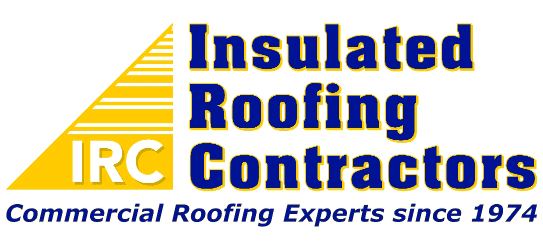QUICK INSTALL, DURABLE SYSTEM
EPDM is another single-ply option available to flat-roofed building owners, somewhat similar to PVC. However, EPDM material is made up of a rubber compound rather than plastic, which is what PVC is made from. Over the past several decades, EPDM has earned a good reputation and has been a very substantial competitor in the roofing industry. Let’s look at some of the advantages and disadvantages of EPDM roofs to let you decide if this system is right for your building.

Advantages of EPDM Roofs
One of the biggest advantages of EPDM roofs as cited by building owners is the low price tag. Price shouldn’t be the only facet on which you analyze your roofing system, but it’s an important factor for nearly every building owner. Another big advantage of EPDM roofs is their durability. They are made of a strong, tough material that allows them to last for a long time. This is another good benefit: long expected life of the system. EPDM roofs can also be installed quicker than many other roofing systems, another nice benefit.
Disadvantages of EPDM Roofing Systems
There are two major disadvantages associated with EPDM roofs, and they are both due to how the system is applied. EPDM roofs are installed by rolling the material out and attaching it to the roof and to itself. This means there are seams on the roof that can become a weak spot in the system. These seams often lead to leaks, which is a major disadvantage. Stemming from the problem with the seams, this system can also require a fair amount of labor to repair and maintain because those seams often require more attention than a monolithic roof system would.
Conclusion
EPDM is a very formidable roof system that has a loyal following in the market place. It has many advantages, but also a few fairly significant disadvantages. If you’d like to learn more about EPDM or any other system mentioned in this blog post series, don’t hesitate to contact us.
